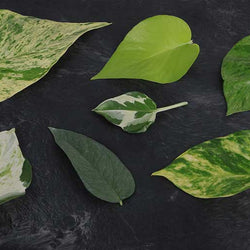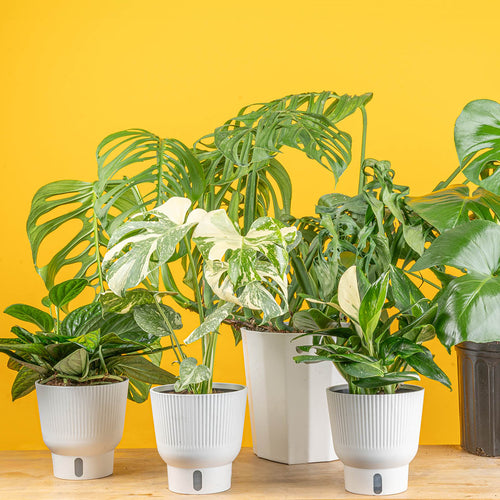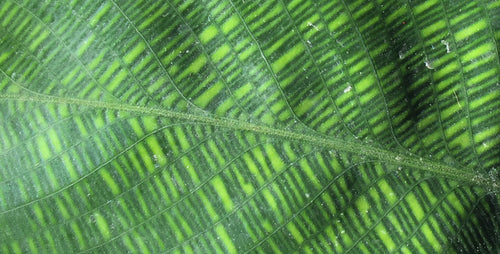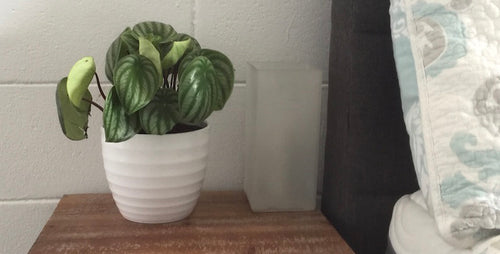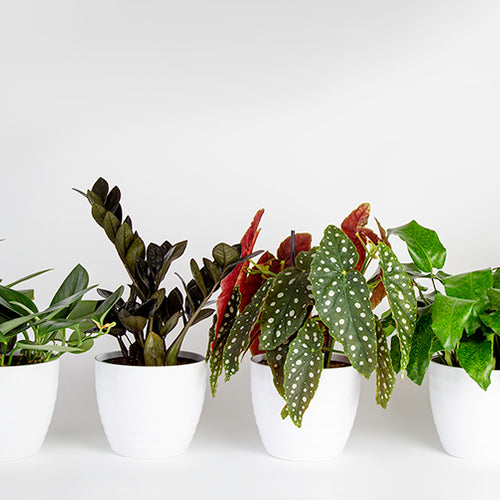
Sago Palm
Any plant that has been around since the dinosaurs walked the earth is tough enough to miss an occasional watering. In fact, Sago Palm drinks very little and will suffer if you give it too much water. Place Sago Palm in a bright location and water only after the soil has dried out. To keep Sago Palm in top form, fertilize it several times during the spring and summer. Sago Palm is poisonous so keep it out of reach of pets and small children.

Snake Plant
A true classic, snake plant (also known as Sansevieria or mother-in-law's tongue) thrives on neglect. This super-easy plant grows in low or medium light and can go for long periods without taking a drink. It's the perfect plant for frequent travelers who may be on the road for extended periods. Plus, snake plant comes in a variety of shapes, sizes, and colors that add interest to any room setting.

Orchids
Let's face it: a lot of gardeners avoid orchids because they think the plants are hard to grow. But nothing could be further than the truth. Today orchids are not only plentiful, but also easy-care and long-lasting. In fact, some moth orchids have been known to hold their flowers for 4 to 5 months, only asking for a quick drink of water week or ten days. Orchids prefer bright indirect light and protection from heating ducts or drafty windows. They really aren't fussy, so give them a try.

Ponytail Palm
It's not hard to see where ponytail palm (Beaucarnea recurvata) gets its other common name, elephant’s foot. Each plant develops a fattened, gray base that looks like a pachyderm's foot. It’s this base that makes ponytail palm one of the best plants for folks who misplace the watering can. That's because these fattened stems actually store water so the plant has its own reservoir to draw from during times of drought. Ponytail palm likes bright light and grows slowly so it won't take over your living room.

Spider Plant
Prized for its bright green or variegated, grasslike foliage, spider plant (>Chlorophytum comosum) can go a week or more without a drink. As spider plant matures, it sends out arching stems that produce multitudes of baby plants that look like miniature versions of the parent. To show spider plant off to best advantage, grow it in a hanging basket or tall urn where the dangling babies can be viewed easily. Spider plant prefers bright indirect light.

ZZ Plant
If you’re looking for a houseplant that’s almost indestructible, you can’t go wrong with ZZ plant. This amazing plant tolerates a wide range of light conditions and can go without water for extended periods. To top it off, ZZ plant, Zamioculcas zamiifolia, has waxy, bright green leaves held aloft on stiff stems with thickened bases that help the plant conserve water. It’s the ideal plant for frequent travelers who aren’t around enough to keep other plants alive.

Devil's Backbone
Don't let the name devil's backbone (Pedilanthus tithymaloides) fool you. This super-easy plant is a dream to grow, sporting variegated leaves on stems that grow in an interesting zigzag pattern. devil's backbone has an upright form that looks terrific when grown in tall, vertical pots or planters. It prefers bright light and only needs watering when the soil dries out.
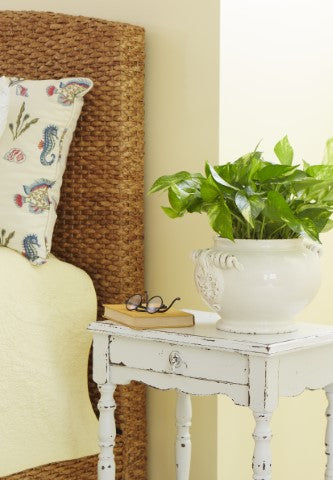
Pothos
Dark green leaves splashed with cream, white, or yellow are what make pothos (Epipremnum aureum) >one of the most popular houseplants in the country. This fast-growing vine looks great grown in a pot by itself or mixed with other houseplants in a tub or planter. Pothos prefers bright, indirect light, but will tolerate darker conditions. It's not a heavy drinker and only needs watering when the soil dries out.



